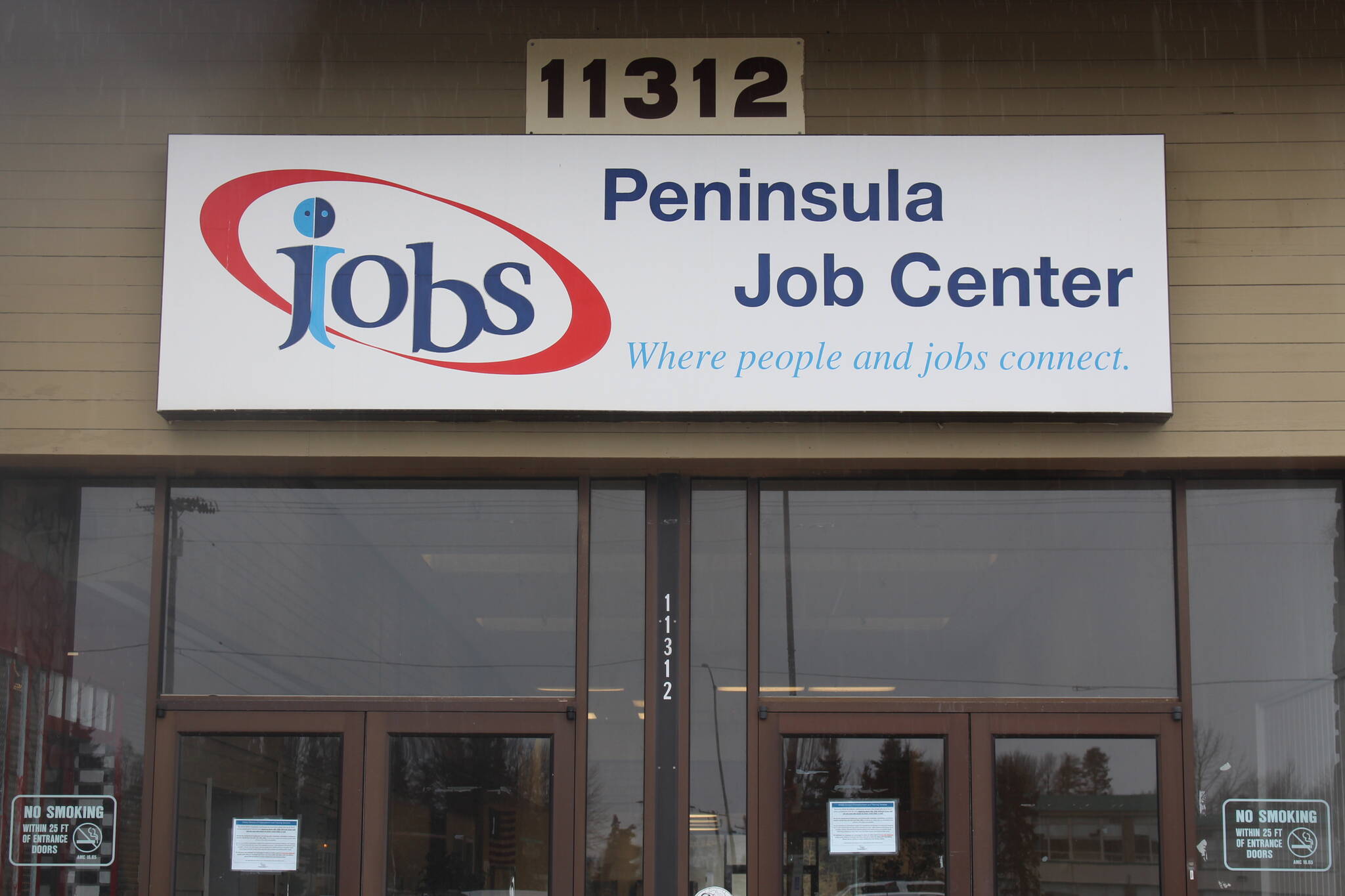Alaska’s minimum wage was raised on Wednesday to $11.91 per hour, up from $11.73.
The change is the result of a 2014 ballot initiative — the Alaska Wage and Hour Act — that established Alaska Statute raising the state’s minimum wage from $7.75 by a dollar each in 2015 and 2016 and then requiring annual adjustments for inflation.
Alaska Statute says that those adjustments will be calculated each year on Sept. 30, using the Consumer Price Index for urban consumers in the Anchorage metropolitan area. This year’s increase, 1.5%, produces the new wage, according to a November press release from the Department of Labor and Workforce Development.
Since the move to adjusting for inflation each year, the state’s minimum wage has increased an average of around $0.24 annually, with three years — 2017, 2018 and 2019 — increasing only an additional 4 to 5 cents per hour and 2022 seeing no increase at all. The largest increase was $0.88 at the start of 2024.
This will be the last increase powered by the Alaska Wage and Hour Act, as passage of Ballot Measure #1 — the Minimum Wage Increase and Paid Sick Leave Initiative — during the Nov. 5 election now calls for a new increase of the minimum wage to $13 per hour. That change will be implemented on July 1, with further increases to $14 per hour on July 1, 2026, and to $15 per hour on July 1, 2027, also described. After that, the minimum wage will be adjusted each year for inflation. That increase was supported by 57.98% of Alaska voters.
Information from the department’s Research and Analysis division, provided by Research Chief Dan Robinson last year, indicates that few occupations in the state are likely to see their wages impacted by the changing minimum wage. Statewide wage data provided by the department’s Research and Analysis division last year shows that workers making close to minimum wage were most commonly employed in maintenance, construction, office support or food service jobs, like waiters and dishwashers.
The federal minimum wage, which is $7.25, has not increased since 2009. Alaska Statute requires that the state minimum wage remains at least $1 greater than the minimum wage.
All hours worked by an employee during a pay period are subject to Alaska’s minimum wage guidelines. More information about Alaska’s minimum wage can be found on the Alaska Department of Labor and Workforce Development website at labor.alaska.gov.
Reach reporter Jake Dye at jacob.dye@peninsulaclarion.com.

